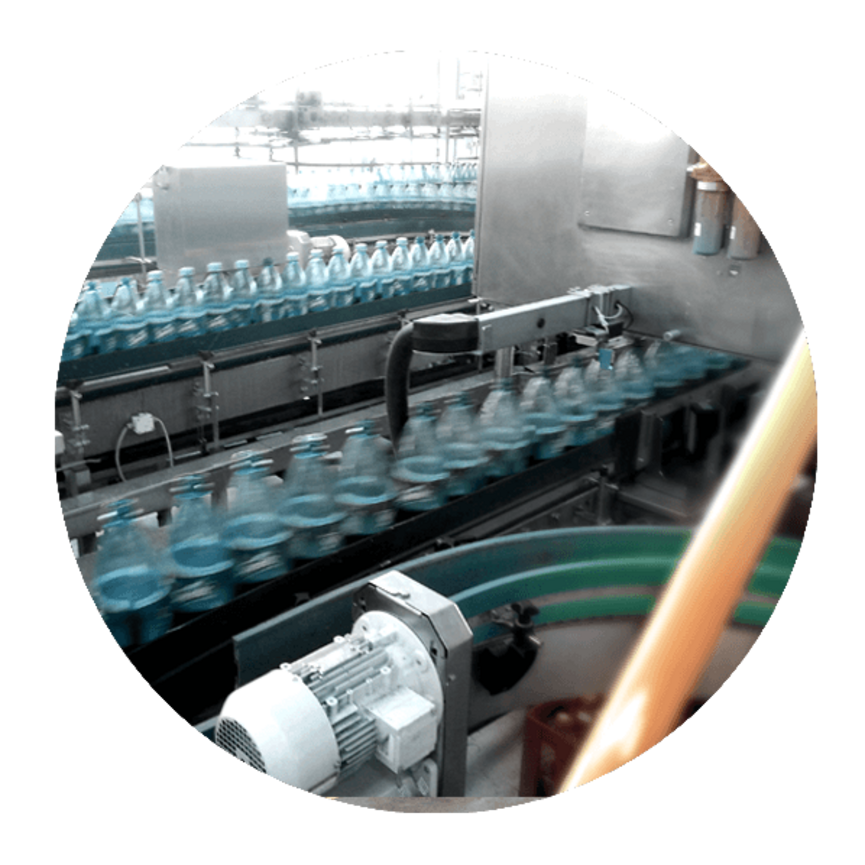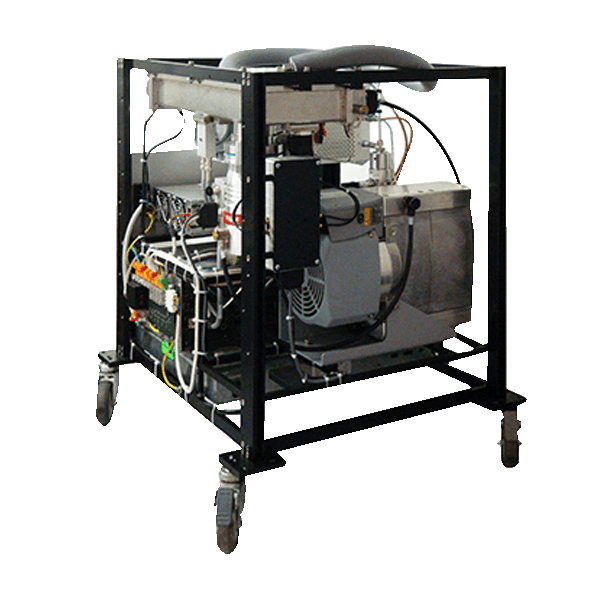In many countries plastic bottles made of PET (polyethylene terphthalate) are used as refillable beverage containers. Unlike glass, PET bottles are lightweight, unbreakable as well as easy to transport. However, PET is not tasteless. Decomposition products such as acetaldehyde can enter the beverage and have an unpleasant taste effect even in small quantities. In addition, refillable PET bottles must be cleaned at significantly lower temperatures than glass, which facilitates the retention of potential contaminants. Common contaminants include fuels, detergents, or hazardous solvents that get in through improper handling of the containers. To avoid both potential health hazards and bad taste, bottlers of refillable PET containers must therefore be able to eliminate contaminated bottles from the filling process by identifying them.
Background
Solution
Based on its patented IMR-MS technology, V&F developed PETSense, which detects organic and inorganic contamination in unmatched response times and with high sensitivity. Originally designed as an OEM product, the PETSense can be easily implemented through a freely programmable sensor interface. The well-known German company Krones has incorporated the V&F PETSense into its Aircontronic system - a built-in inspection device on a single-lane conveyor - that detects and removes contaminated bottles. Process-neutral air is blown into the PET bottle, and then the gas-air mixture is immediately drawn out by a vacuum pump system to determine possible contamination. 36,000 bottles per hour can be tested, which means a measuring time of 100 ms per bottle.

Advantages
The extremely short measuring time enables a filling process without loss of time. All contaminated bottles - one percent on average - can be rejected before filling to prevent possible customer complaints. The V&F PETSense is designed in such a way that only one maintenance service per year is required, which significantly minimizes downtime in the filling process.









































